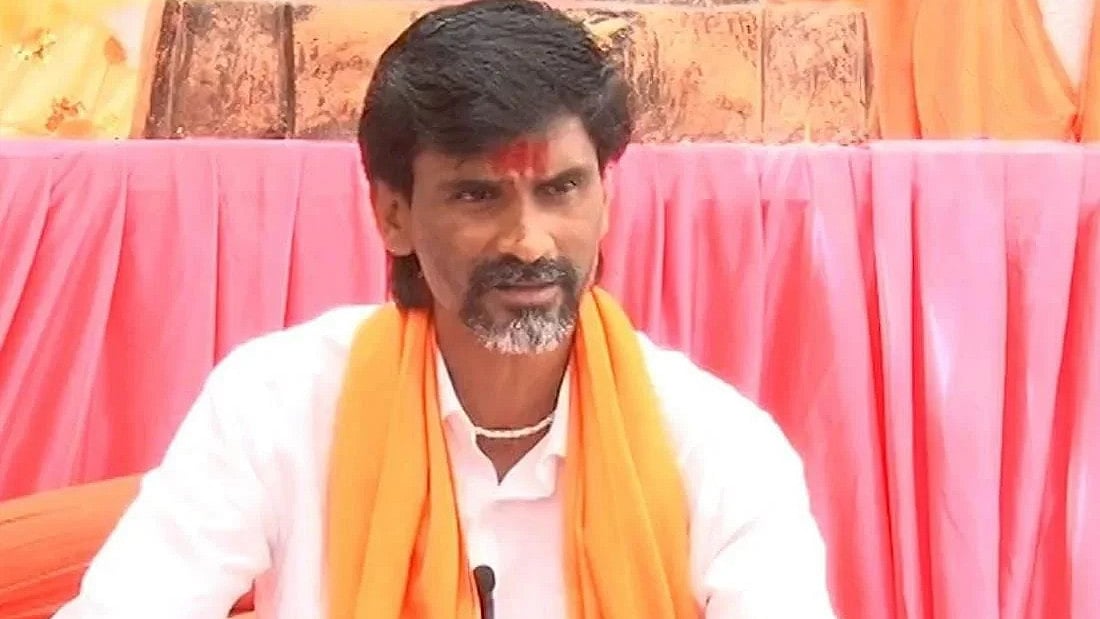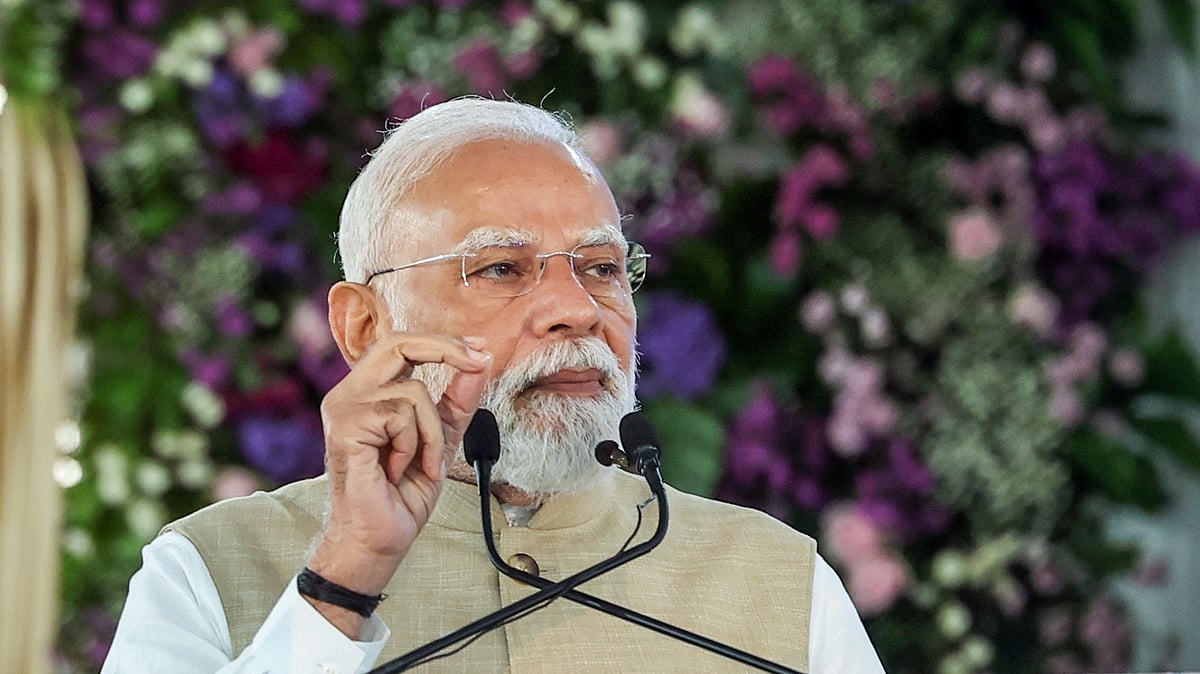Nora Roberts

When it comes to romance novels, Nora Roberts is considered the queen of the genre, with a huge fan following. But, the author, whose real name is Eleanor Marie Robertson, took the pen name Nora Roberts thinking that romance writers normally used pen names for their novels. Later, her alter ego, J D Robb became quite a success in the thriller genre. When Nora decided to experiment and write detective fiction she didn’t want to use her already established identity. Hence, she adopted the name J D Robb when she began writing the In Death series (and still writes the series under the same name). Though we don’t know why she took up a male sounding name, it is said that her publishers couldn’t handle the massive readership that the name Nora Roberts had. Other than these, Roberts has also written under other pen names like Jill March and Sarah Hardesty.
Brontë sisters

Charlotte, Emily and Anne—the Brontë sisters as they are popularly called in the literary world—first published their works under male aliases Currer, Ellis and Acton Bell, respectively. The reason being that the literary world was particularly male-dominated (still is, or else Rowling wouldn’t feel the need to write under a different name) and masculine-sounding names made their works more acceptable in society. According to reports, Charlotte Brontë had once said, “We did not like to declare ourselves women, because – without at that time suspecting that our mode of writing and thinking was not what is called ‘feminine’ – we had a vague impression that authoresses are liable to be looked on with prejudice.” Nevertheless, Charlotte wrote Wuthering Heights, Emily wrote Jane Eyre and Anne wrote The Tenant of Wildfell Hall and Agnes Grey under their own names.
JK Rowling

There might hardly be anyone who hasn’t heard the name J K Rowling – the woman behind the very successful Harry Potter series. However, the author, whose actual name is Joanne Rowling, wrote under the initials J K Rowling at the behest of her publisher, Barry Cunningham. Why, you ask? Because Mr Cunningham thought that the young male reader might be put off by a book written by a woman – sad, but true! Ironically, when Rowling wrote under the male pseudonym, Robert Galbraith, the books were not well received by many critics, until the true identity of the author was revealed – post which sales soared because almost every Harry Potter fan wanted to read new books by their favourite author. When she was quizzed about hiding her identity, Rowling has said: “I was yearning to go back to the beginning of a writing career with this new genre, to work without hype or expectation and to receive totally unvarnished feedback.”
Mary Ann Evans

Most famous for her work Middlemarch written under the name George Eliot, Mary Ann Evans believed that a male name would discourage female stereotyping. She first wrote an essay ‘Silly Novels by Lady Novelists’ as George Eliot which criticised the works by female writers of her time. Evans wrote under the said pseudonym because she wanted to distance herself from other female romance novelists during that time so that her work would be taken seriously. It is also said the motivation behind her venturing into the world of fiction writing is related to her romantic involvement with English philosopher, George Henry Lewes.
Karen Blixen

Well-known Danish writer Karen Blixen used several pen names throughout her life. The most popular of them was Isak Dinesen, under which she wrote a collection of short stories, Seven Gothic Tales in 1934. While the reason for the change of name isn’t exactly known, it is said she went for a pen name because she hailed from a renowned family. Her father, Wilhelm Dinesen, was a writer and army officer and her younger brother, Thomas Dinesen, was awarded the Victoria Cross for his service in the army. She also wrote under other names like Osceola and Pierre Andrezel.





